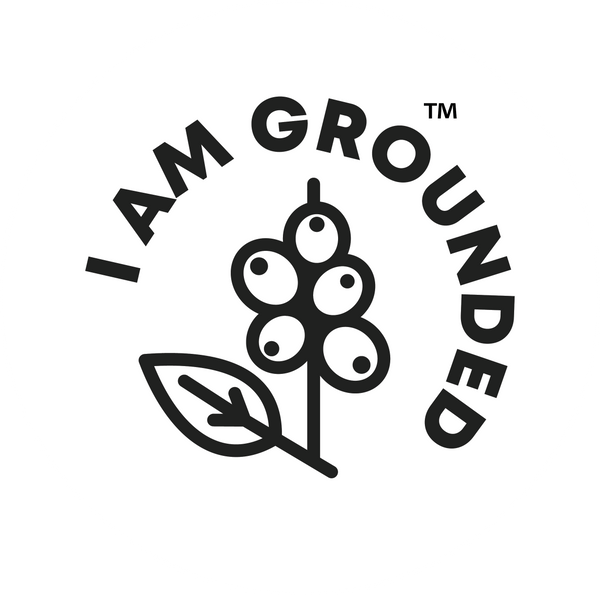What Is Coffee?
Written by Jasmine C.
Ah, coffee! How could we survive those early morning starts without it?
But what is coffee? Well, let’s discuss!
If you’re unsure of the origins of the coffee bean, just like nature’s other perfect production, the cocoa bean, coffee grows on a tree! Every year on average, a single coffee tree will produce around 4.5kg of “coffee cherries”! But wait – I thought that my morning coffee came from a bean? Kind of! The “coffee bean” that you’re familiar with is technically the seed of a fruit! Coffee farmers will usually harvest the internal seeds and discard the beautiful red flesh and internal husks. Some innovative companies like I Am Grounded are utilising the otherwise discarded flesh for its yummy date-like taste and consistency as well as for its continued health benefits!
The coffee fruit can be roughly broken down into three main components
59% Seed/Green Bean
29% Fruit Pulp
12% Husk.
Coffee isn’t just a natural source of caffeine - it has an abundance of health benefits. Not only is it high in antioxidants[1], but coffee also contains vitamin B2 (riboflavin), magnesium, and prebiotic polyphenols (which are micronutrients)[2]. Some studies have shown that coffee fruit concentrate/extract has positive effects on our brain’s (aside from the concentration boost of course)[3]. Other studies have shown that drinking 3-5 standard cups of coffee each day may reduce your risk of several chronic diseases[4].

But I don't want to keep boring you with coffee science, so let's get to the fun part! How does this little bean go from fruit to "coffee"?
- Once picked from the tree, the coffee fruit is cleaned and sorted (just like an egg, if a coffee fruit floats in water, it's no good).
- The seeds are then separated from the husk and pulp before being specially fermented to determine the depth and complexity of the coffee.
- Once cleaned and perfectly fermented, the seeds are laid out to try until their moisture content is roughly 9-13%. They can then be stored!
- Once they are ready to be tidied up for distribution, the seeds are "milled" (an industry word for cleaned and polished) and graded for quality based on their possible defects.
- After being shipped to your favourite roastery - you guessed it - the seeds are roasted! This infuses the coffee with unique and signature qualities before it can be packaged for use! Some companies may then process the roasted coffee beans into "instant coffee" instead of sending on the whole beans.
- Now that the café, or those of you at-home baristas, has their hands on the perfectly roasted coffee seeds, they can grind them and brew their coffee or make an espresso!
So there you have it: coffee - from farm to your coffee table!
If you love upcycling goodness and what we are doing with using the discarded fruit of the coffee beans, check out our full range here!
Coffee Fruit BarsReferences
- [1] https://www.ncbi.nlm.nih.gov/pmc/articles/PMC5456284/
[2] https://www.hsph.harvard.edu/nutritionsource/food-features/coffee/[3] https://pubmed.ncbi.nlm.nih.gov/23312069/[4] https://www.nejm.org/doi/full/10.1056/NEJMra1816604
